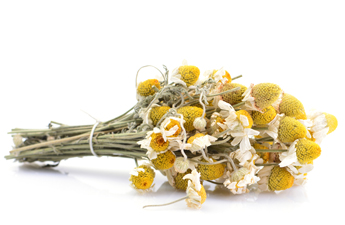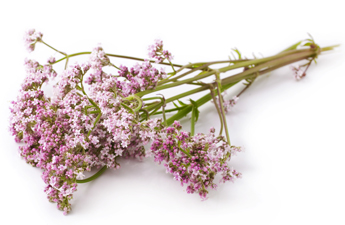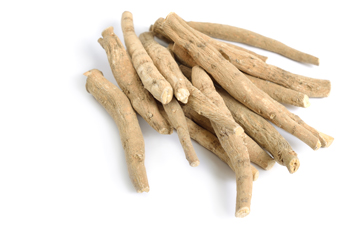Botanical name: Aspalathus linearis
Other names: Redbush, bush tea, South African red tea
Drinking rooibos “tea” began with the Dutch. Black tea was en vogue in eighteenth-century South Africa, but due to technological limitations, it was exceedingly difficult to import, leading the Dutch settlers to seek an alternative. That alternative, naturally, was rooibos, the indigenous peoples’ drink of choice. This tea-alternative remained popular in South Africa for a couple hundred years, but didn’t become a commercial crop until the early 20th century.
Rooibos was traditionally used by the Bushmen and Hottentots of South Africa and has become increasingly popular in the West as a pleasant tasting tea that also has health benefits. Other names for rooibos are “bush tea,” “red bush tea,” “South African red tea,” or simply “red tea”.
Rooibos isn’t actually a tea plant in the technical sense, meaning that it’s not derived from the Camellia sinensis like black tea, green tea, etc. It’s actually a legume: a bean plant called Aspalathus linearis. The leaves and stems are harvested during the summer and then left to “ferment” (technically “oxidize”), a process in which, among other things, the leaves shift from a yellow appearance to the characteristic red color (that said, unoxidized rooibos, or “green rooibos“, is also enjoyed).
A tea made from the leaves and stems of rooibos is generally beneficial to the digestive system and relaxes spasms, it has been used in the treatment of vomiting, diarrhoea and other mild gastric complaints. It has also been shown to be of benefit when used internally and externally in the treatment of a wide range of allergies. Recent research has shown that this tea contains a substance similar to superoxide dismutase, an antioxidant compound that is thought to retard the ageing process.
The name Rooibos comes from the Dutch word meaning ‘red bush’, referring to the bright red colour of the tea. Tea made from Rooibos has the added benefit of being being caffeine free with a low tannin content, high mineral content and having antioxidant effects from phenolic compounds.Traditional medicinal uses of rooibos in South Africa include alleviating infantile colic, allergies, asthma and dermatological problems.
Preparation: The best way to enjoy rooibos is to steep 1 teaspoon of the herb in a cup of boiling water for 5 mins. Strain, then add milk and/or honey as desired.
Reference: Herbalistics http://herbalistics.com.au/shop/catalog/product_info.php?products_id=217&osCsid=000c0f70909783e623b2472c55a3701b, PFAF http://www.pfaf.org/user/Plant.aspx?LatinName=Aspalathus+linearis, http://www.arborteas.com/teablog/organic-rooibos/rooibos-aka-red-tea/
Rooibos Common Uses
Rooibos Actions
Rooibos Recipes
Rooibos Precautions
None known.
Buy Rooibos online from the Happy Herb Co
![]()
Australia’s biggest range
![]()
25 years of customer satisfaction
![]()
Fast International delivery
![]()
100% secure online ordering

 Nextwave
Nextwave

